Nov 30 2023
Eating Methane
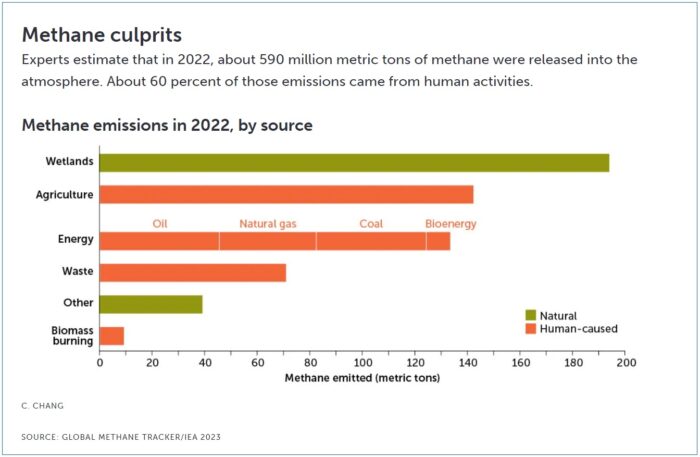 Methane is the forgotten greenhouse gas (sort of). Often, when discussing how best to reduce anthropogenic climate change, we talk about decarbonizing our electrical and transport sectors, and carbon removal. But methane is also a greenhouse gas, contributing to global warming, and we cannot afford to ignore it. As I discussed recently, methane traps more heat than CO2 but survives for a shorter amount of time in the atmosphere (about 12 years vs hundreds for CO2). Over 20 years it is 80 times worse than CO2, over 100 years it is 28 times worse.
Methane is the forgotten greenhouse gas (sort of). Often, when discussing how best to reduce anthropogenic climate change, we talk about decarbonizing our electrical and transport sectors, and carbon removal. But methane is also a greenhouse gas, contributing to global warming, and we cannot afford to ignore it. As I discussed recently, methane traps more heat than CO2 but survives for a shorter amount of time in the atmosphere (about 12 years vs hundreds for CO2). Over 20 years it is 80 times worse than CO2, over 100 years it is 28 times worse.
The world releases 580 million tons of methane each year, compared to 37 billion tons for CO2 (about two orders of magnitude more). That means over a 20 year timespan, methane has the equivalent greenhouse gas effect as 46 billion tons of CO2 (570 million x 80). In the short term methane is driving global warming a little more than CO2. Perhaps this is an opportunity. CO2 release is essentially the unavoidable consequence of burning fossil fuel. We can mitigate it with carbon capture, but this so far is minimally effective. I only real option is to reduce and then stop the burning of fossil fuel. We are in a race to do this, but it will take decades because the world is dependent on fossil fuel as an energy source.
Methane leaking into the atmosphere, however, is not a completely unavoidable consequence of industry. The largest source of methane emissions is natural, from wetlands (195 million tons). Next is agriculture (142 million) followed closely by the energy sector (135 million). Waste is another 73 million tons, followed by another 45 million from everything else (mostly natural). How can we mitigate this?

 In my second book (shameless plug alert) –
In my second book (shameless plug alert) –  There are several technologies which seem likely to be transformative in the coming decades. Genetic bioengineering gives us the ability to control the basic machinery of life, including ourselves. Artificial intelligence is a suite of active, learning, information tools. Robotics continues its steady advance, and is increasingly reaching into the micro-scale. The world is becoming more and more digital, based upon information, and our ability to translate that information into physical reality is also increasing.
There are several technologies which seem likely to be transformative in the coming decades. Genetic bioengineering gives us the ability to control the basic machinery of life, including ourselves. Artificial intelligence is a suite of active, learning, information tools. Robotics continues its steady advance, and is increasingly reaching into the micro-scale. The world is becoming more and more digital, based upon information, and our ability to translate that information into physical reality is also increasing.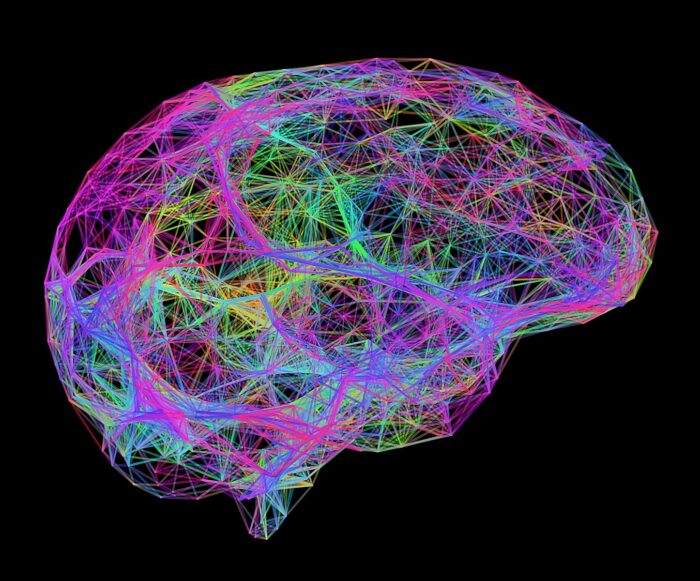 One of the organizing principles that govern living organisms is homeostasis. This is a key feature of being alive – maintaining homeostatic equilibrium both internally and externally. Homeostatic systems usually involve multiple feedback loops that maintain some physiological parameter within an acceptable range. For example, our bodies maintain a very narrow temperature range, our blood has a very narrow range for pH, salt content, CO2 concentration, oxygen levels, and many other parameters. Each cell maintains specific concentrations of many electrolytes across their membranes. Organisms maintain the proper amount of total fluid – too much and their tissue becomes edematous and the heart is overworked, too little and they cannot maintain blood pressure or tissue function.
One of the organizing principles that govern living organisms is homeostasis. This is a key feature of being alive – maintaining homeostatic equilibrium both internally and externally. Homeostatic systems usually involve multiple feedback loops that maintain some physiological parameter within an acceptable range. For example, our bodies maintain a very narrow temperature range, our blood has a very narrow range for pH, salt content, CO2 concentration, oxygen levels, and many other parameters. Each cell maintains specific concentrations of many electrolytes across their membranes. Organisms maintain the proper amount of total fluid – too much and their tissue becomes edematous and the heart is overworked, too little and they cannot maintain blood pressure or tissue function.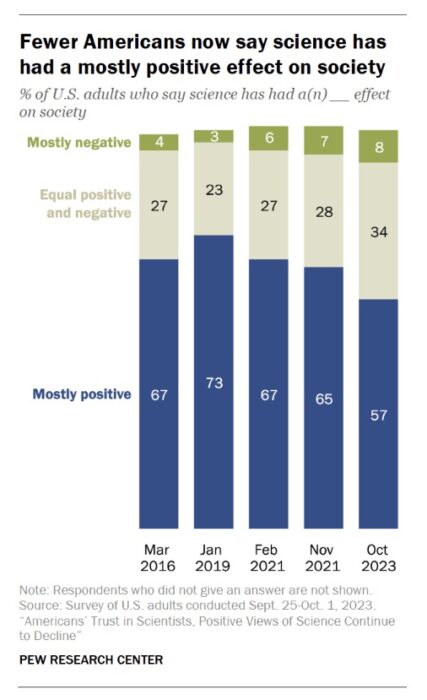 How much does the public trust in science and scientists? Well, there’s some good news and some bad news. Let’s start with the bad news –
How much does the public trust in science and scientists? Well, there’s some good news and some bad news. Let’s start with the bad news – What is “natural” for humans? It’s often hard to say, and in my opinion this is a highly overused concept. Primarily this is because humans are adaptable – we adapt to our environment, our situation, and our culture. So it is “natural” for us not to have a natural state.
What is “natural” for humans? It’s often hard to say, and in my opinion this is a highly overused concept. Primarily this is because humans are adaptable – we adapt to our environment, our situation, and our culture. So it is “natural” for us not to have a natural state.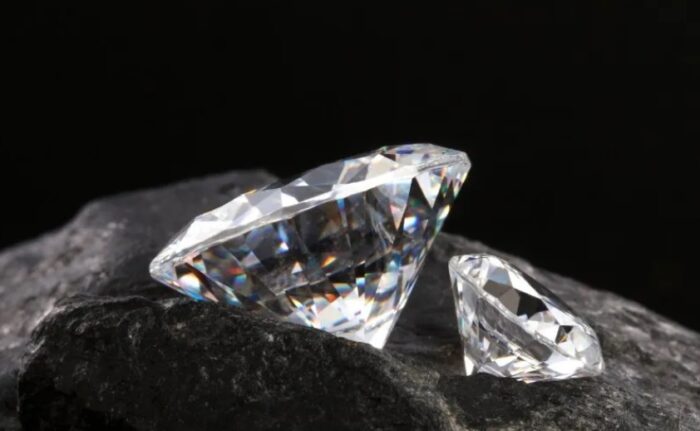 The history of aluminum, and what is now happening in the artificial diamond market, may tell us something about a post-scarcity world. Aluminum is the most abundant metal in the Earth’s crust. However, it like to form with other elements and therefore it was very difficulty to purify the metal. In the 1800s methods were discovered for purifying aluminum, but they were slow and expensive, and hence aluminum was scarce and expensive – $16 per pound ($419 in today’s dollars), more expensive than gold at the time. Famously, Napoleon set before his most prestigious guests aluminum cutlery, instead of the less exciting gold cutlery. But then,
The history of aluminum, and what is now happening in the artificial diamond market, may tell us something about a post-scarcity world. Aluminum is the most abundant metal in the Earth’s crust. However, it like to form with other elements and therefore it was very difficulty to purify the metal. In the 1800s methods were discovered for purifying aluminum, but they were slow and expensive, and hence aluminum was scarce and expensive – $16 per pound ($419 in today’s dollars), more expensive than gold at the time. Famously, Napoleon set before his most prestigious guests aluminum cutlery, instead of the less exciting gold cutlery. But then,  This is a bit of a false choice – we can do both, or neither – but it is an important question and a somewhat of a dilemma. Is the optimal path to reductions and eventual elimination of fossil fuel burning through reduced demand or supply? There are some interesting tradeoffs either way, and no perfect answer.
This is a bit of a false choice – we can do both, or neither – but it is an important question and a somewhat of a dilemma. Is the optimal path to reductions and eventual elimination of fossil fuel burning through reduced demand or supply? There are some interesting tradeoffs either way, and no perfect answer.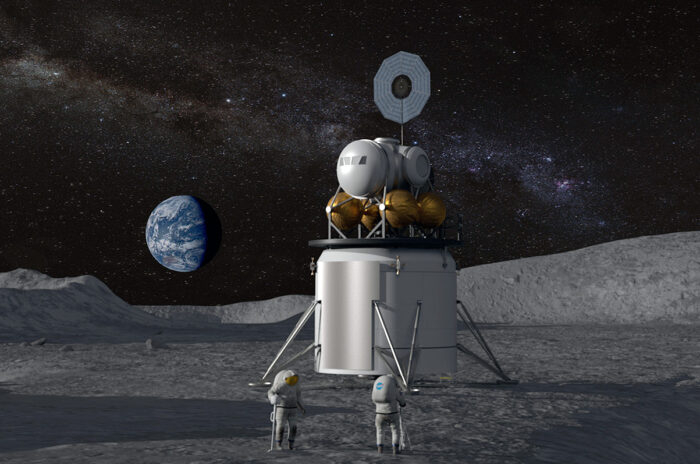 The European Space Agency (ESA) has announced they are developing their own
The European Space Agency (ESA) has announced they are developing their own 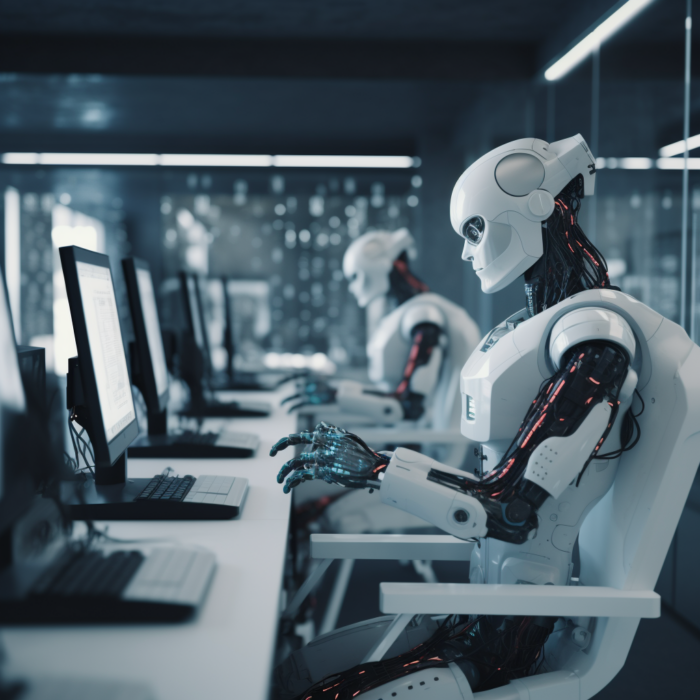 Artificial Intelligence (AI) is coming for your job. This, at least, is increasingly conventional wisdom, but I’m not so sure.
Artificial Intelligence (AI) is coming for your job. This, at least, is increasingly conventional wisdom, but I’m not so sure. 




